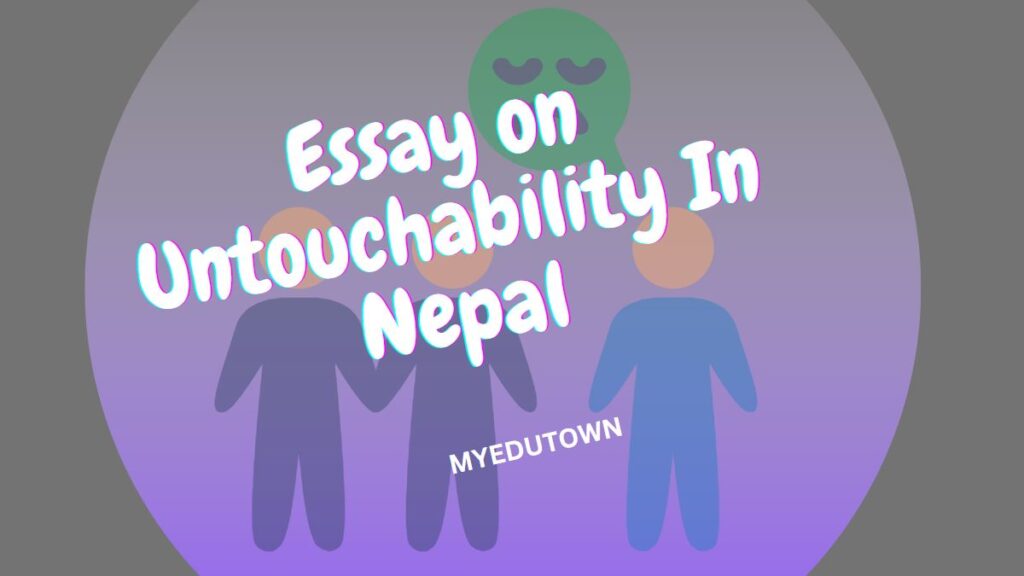
Untouchability, also known as caste-based discrimination, is a long-standing and pervasive problem in Nepal. It is a form of social exclusion that is rooted in traditional Hindu beliefs and practices, and it involves the segregation and discrimination of individuals who are considered to be of lower social status or “untouchable” castes.
The history of untouchability in Nepal is closely tied to the country’s traditional caste system. Nepal’s caste system is a hierarchical social structure that divides people into various castes based on their occupation, wealth, and social status. At the top of the hierarchy are the Brahmin and Chhetri castes, which are traditionally considered to be the highest and most powerful castes. At the bottom of the hierarchy are the “untouchable” castes, also known as Dalits, which include groups such as the Kami, Damai, and Sarki.
Untouchability has been practiced in Nepal for centuries, and it has profoundly impacted the lives of those who are considered to be of lower castes. They have been subjected to segregation and discrimination in all aspects of life, including education, employment, and social interactions. They have often been denied access to resources and opportunities that are available to those in higher castes, and they have experienced significant economic, social, and political disadvantages as a result.
Read Similar: Causes of untouchability In Nepal
The problems caused by untouchability in Nepal are numerous and far-reaching. It has contributed to widespread poverty and inequality in the country, as those in lower castes are often denied access to education, employment, and other opportunities. It has also led to a lack of social mobility, as those in lower castes are often trapped in a cycle of poverty and exclusion. In addition, untouchability has had a negative impact on the country’s social fabric, as it has promoted divisions and conflicts between different castes.
There are several steps that can be taken to address the problem of untouchability in Nepal. One important measure is to promote education and awareness about the harmful effects of caste-based discrimination. This can involve educating individuals about their rights and the value of equality and inclusivity and encouraging people to challenge and reject discriminatory attitudes and practices.
Read Similar: Solutions to untouchability in Nepal
Another critical step is to implement laws and policies that protect the rights of all individuals, regardless of their caste. This can involve enacting laws that prohibit discrimination based on caste and providing remedies for those who experience discrimination. It can also include providing resources and opportunities to marginalized groups to help them overcome the disadvantages they have faced due to untouchability.
Finally, it is essential to work towards creating a more inclusive and equal society in Nepal. This can involve promoting social, economic, and political equality for all individuals, regardless of their caste, and building strong and supportive communities that value diversity and inclusivity.
More Essay: Essay on Earthquake
In conclusion, untouchability is a serious and pervasive problem in Nepal that has had far-reaching and negative impacts on the lives of those considered to be of lower castes. While addressing this issue will require a sustained and collective effort, there are steps that can be taken to promote equality and inclusivity in the country. By promoting education and awareness, implementing laws and policies that protect the rights of all individuals, and working towards a more inclusive society, it is possible to address the problem of untouchability and create a more just and equal society in Nepal.




